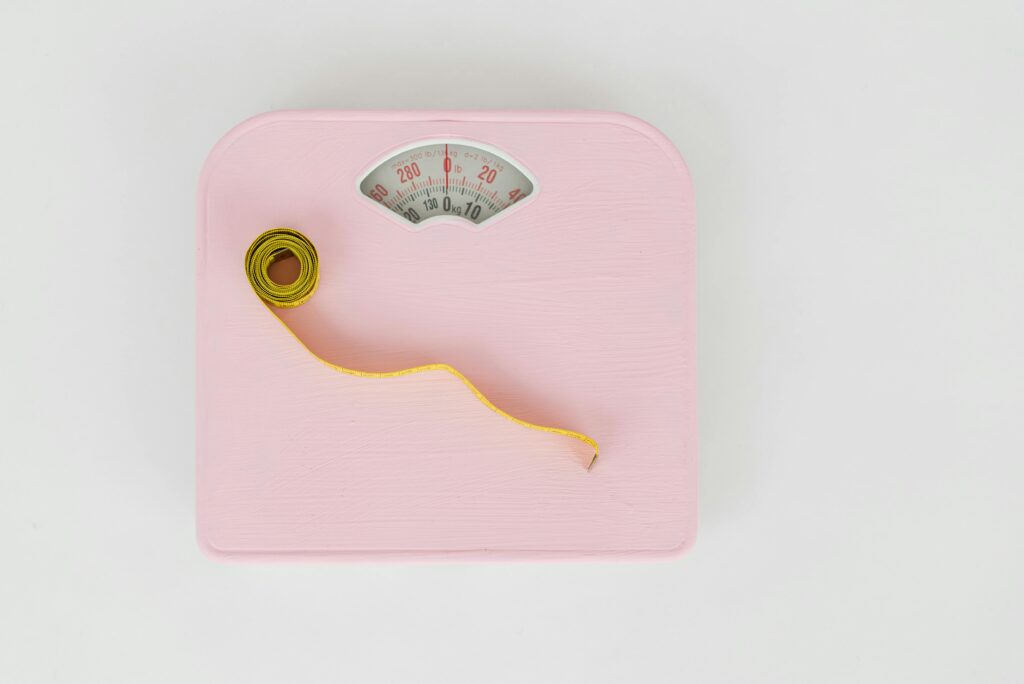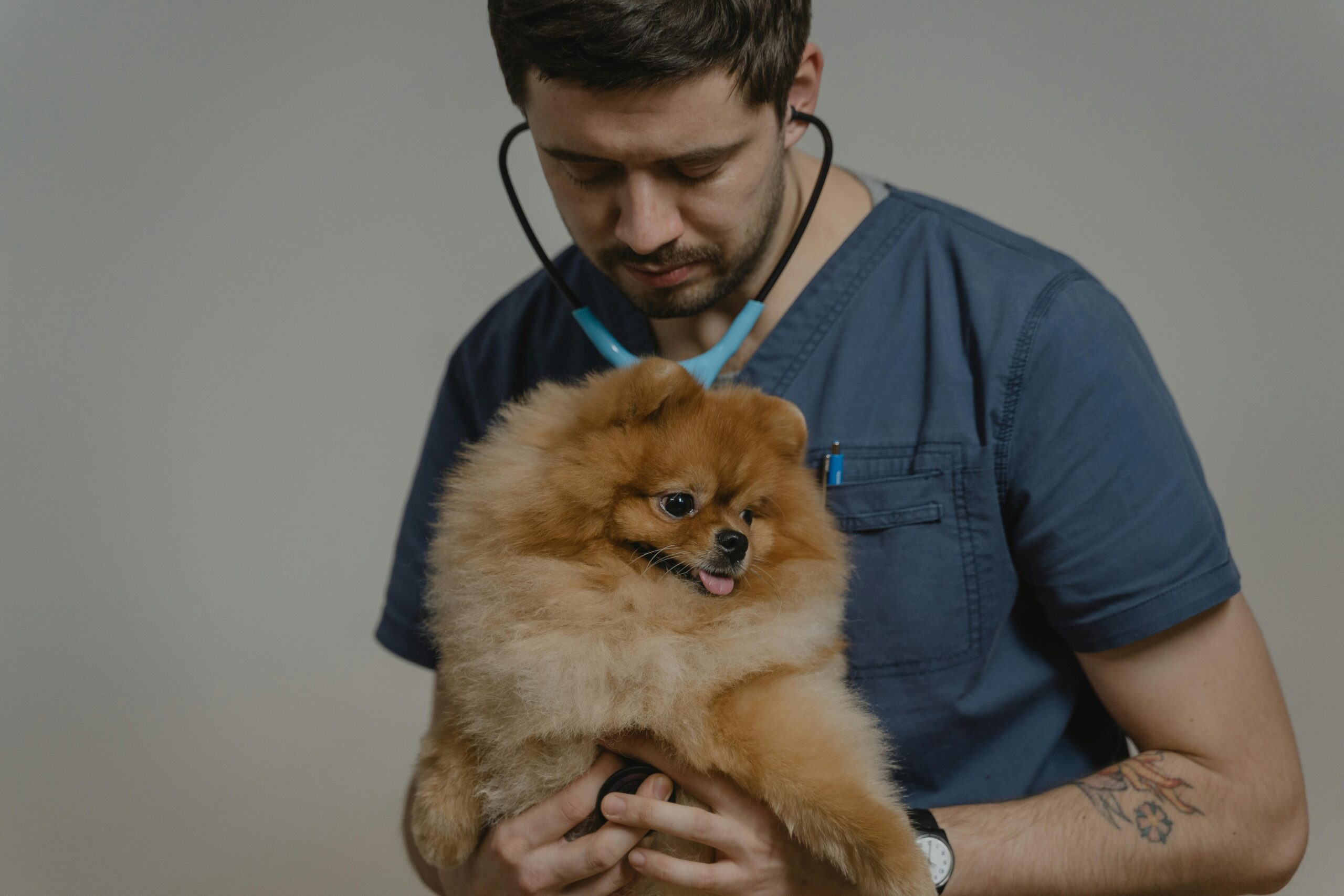For dogs, as much as for humans, keeping a good weight is vital. Many health problems, including joint problems, diabetes, and heart disease, can result from pet obesity. Monitoring your pet’s weight guarantees them a longer, more active life and a better quality of life. This article offers a thorough manual for precisely tracking your pet’s weight.

Understanding the Importance of Weight Monitoring
Why Weight Matters for Your Pet
The weight of your pet directly affects their general well being. While underweight dogs may suffer from nutrient deficits and inadequate immunity, overweight canines run more dangers of chronic diseases and limited mobility.
Common Weight Related Health Issues
Overweight dogs have more often occurring conditions like arthritis, diabetes, heart disease, and respiratory problems. Conversely, underweight dogs may have developmental delays, organ malfunction, or anaemia.
The Role of Diet and Activity
Maintaining a good weight depends mainly on a balanced diet and consistent exercise. The basis for appropriate weight control is knowing your pet’s caloric needs and activity level.
Identifying a Healthy Weight for Your Pet
Breed Specific Weight Ranges
Every breed has a perfect weight range. A Labrador Retriever, for instance, should weigh, depending on gender and size, between 55 and 80 pounds. For reliable ranges, go to breed standards or your veterinarian.
Body Condition Scoring (BCS)
One easy way to visually and by touch evaluate the weight of your pet is BCS. A healthy pet should have easily felt but not projecting ribs and a noticeable waistline.
Growth and Life Stage Considerations
Puppies and kittens grow quickly; thus, weight monitoring has to take their stage of development. Conversely, since their metabolism slows down, older pets may need particular diets and lower calorie intake.
Tools and Techniques to Monitor Your Pet’s Weight
Regular Weigh Ins
Track your pet’s weight at least once a month using a scale suitable for pet use. While larger dogs would need a trip to the veterinarian, smaller pets can be weighed on domestic scales.
Measuring Food Portions
One typical source of weight gain is overfeeding. Make sure your pet is getting the right portion size according to their weight, age, and degree of exercise by using measuring cups or scales.
Using Technology
Pet oriented smart collars and fitness trackers can provide Information on their activity level and calorie burn, thereby enabling better weight monitoring for you.
Recognizing Weight Fluctuations
Signs of Weight Gain
Your pet may be gaining weight if they seem less active, find it difficult to move, or if you observe a waistline change. Moreover indicating weight problems is increased panting or fatigue.
Signs of Weight Loss
Underlying medical problems could be indicated by sudden weight loss, prominent ribs, or lack of energy. If you observe these symptoms in your pet, keep an eye on it and see a veterinarian.
When to Consult a Veterinarian
See a veterinarian if weight swings continue even with dietary changes. They can rule out basic medical conditions as parasite or thyroid problems.
Maintaining an Ideal Weight
Balanced Diets for Pets
Give your pet food fit for their breed, size, and age, abundant in nutrients. Steer clear of routinely giving high calorie sweets or table leftovers.
Regular Exercise
Your pet can remain active and aid in retaining their weight via daily walks, playtime, or interactive toys. Customize the workout for their breed and degree of energy.
Scheduled Vet Checkups
Frequent veterinary appointments enable you to monitor your pet’s weight, among other aspects of their condition. Depending on their results, a veterinarian can offer individual advice.
Weight Management Challenges and Solutions
Managing Multi Pet Households
Feeding pets separately in homes with several animals can help to prevent food hoarding or overindulgence. Make sure every pet has the right serving size.
Picky Eaters or Overeaters
Experiment with several food flavours or textures if you have a finicky taste. Use slow feeding dishes to help overeaters regulate their portions.
Addressing Emotional Eating
Others eat out of fear or boredom. Toys, training, or company will keep children intellectually active and help to reduce emotional eating.
Building Healthy Habits for Long Term Success
Creating a Routine
Plan regular meals and activities. Pets live by habit, and it helps control their metabolism.
Positive Reinforcement
Give your pet playtime or affection rather than treats. This promotes healthy behaviour without fueling weight increase.
Educating Yourself
Keep current with trends in pet health and diet. You will be better able to look after your furry pet the more knowledge you possess.
Using Diet Plans to Regulate Weight
Low Calorie Diets for Weight Loss
See your veterinarian on changing overweight animals to a low calorie, high fiber diet. This keeps individuals full and helps them cut calories.
High Calorie Diets for Weight Gain
Pets underweight could require a diet heavy in calories and nutrients. Add proteins and good fats to enable a safe weight increase.
Treats in Moderation
Keep treats to less than 10% of your pet’s daily calorie consumption. Choose healthy substitutes such as carrot sticks or especially low calorie delicacies.
Tracking Your Pet’s Progress
Keeping a Weight Log
Weigh your pet monthly and note any changes. This aids in trend identification and necessary change direction.
Adjusting Diet and Exercise
Change their nutrition and exercise schedule depending on how developed your pet is. See your veterinarian for direction on implementing sensible changes.
Celebrating Milestones
Celebrate with your pet non food prizes like new toys or additional playtime when it reaches weight targets. This promotes good behaviour.
Common Myths About Pet Weight Monitoring
“My Pet Can Self Regulate Their Food Intake”
Their Food Intake” While most pets do not self regulate efficiently, many pet owners think their animals will eat only what they need. One typical reason for weight increase is overindulgence, particularly in relation to free feeding.
“Weight Monitoring Is Only for Overweight Pets”
Not only is weight monitoring important for overweight cats, but underweight pets also need care since being excessively thin can be as damaging as being obese.
“Exercise Alone Will Keep My Pet Healthy”
Exercise is essential, but it has to be matched with a sensible diet. Overfeeding can cause weight problems even with consistent exercise.
Importance of Pet Owner Awareness
Learning from Veterinary Visits
During regular visits, specifically, ask your veterinarian about the ideal weight and diet for your pet. Knowing their observations helps you properly control the health of your pet.
Recognizing Behavioral Changes
Sometimes, changes in activity level or eating behaviour point to underlying medical problems. Close observation of your pet guarantees a quick response should issues surface.
Sharing Knowledge
Talk to other pet owners via local communities or forums. By means of advice and experience, you can enable your pet to implement improved weight control plans.
Addressing Special Needs Pets
Senior Pets
Older dogs need fewer calories and may have slower metabolisms. Change their food to suit their lower energy requirements and supply the correct nutrients for organ and joint conditions.
Pets with Chronic Conditions
Diabetic or arthritic pets require customized weight control strategies. Work together with your veterinarian to create an activity and food plan that fits their requirements.
Post Surgery Weight Management
Pets may gain weight following surgery because of less activity. During rehabilitation, concentrate on moderation of portions and little exercise to avoid long term weight problems.
Preventing Pet Obesity
Start Early
Start tracking weight as soon as you get your pet home. Early on, the development of good habits helps one to sustain their weight over life.
Avoid Overfeeding as a Sign of Love
Many pet owners feed their animals too much out of devotion. Show affection, then, by play, grooming, and quality time.
Encourage Active Play
Agility training, fetch activities, or interactive toys keep your pet both physically and mentally engaged, so lowering their danger of weight increases.
The Financial Benefits of Weight Monitoring
Fewer Vet Visits
Stopping underweight or obesity lowers your risk of expensive medical problems, therefore saving you money on drugs and treatments.
Extended Pet Life Span
A good pet guarantees a longer life since they are less prone to diseases. Any pet owner might really gain emotionally and financially from this.
Reduced Food Waste
Accurate quantity measuring helps you to avoid overfeeding and cut food waste, so saving monthly pet food costs.
Building a Supportive Environment
Family Involvement
Share with every member of your family your pet’s weight-control strategy. Success depends critically on regular feeding and activity schedules.
Collaborating with Pet Sitters
Tell the pet sitters about the food and exercise requirements of your pet if you use them. This guarantees consistency in their approach to weight control.
Joining Pet Weight Loss Programs
Pet weight loss programs are offered by several towns and veterinarian offices. Joining one can provide extra encouragement, tools, and support.
Celebrating Your Pet’s Health Journey
Tracking Milestones
Celebrate when your dog reaches a healthy weight or meets a fitness goal. Positive reinforcement keeps your pet and you driven.
Sharing Success Stories
Track the weight reduction or increase of your pet online. By spreading these tales, other pet owners may find inspiration as well as a feeling of community building.
Maintaining Long Term Habits
Once your pet achieves its desired weight, keep observing its diet and exercise level to maintain its long term health.
Conclusion
Responsible pet ownership depends critically on you keeping an eye on your pet’s weight. Paying close attention to their diet, exercise, and general health will help you avoid weight-related problems and guarantee that your pet leads a content, active life. Remember to routinely seek professional advice specific to your pet from your veterinarian.
